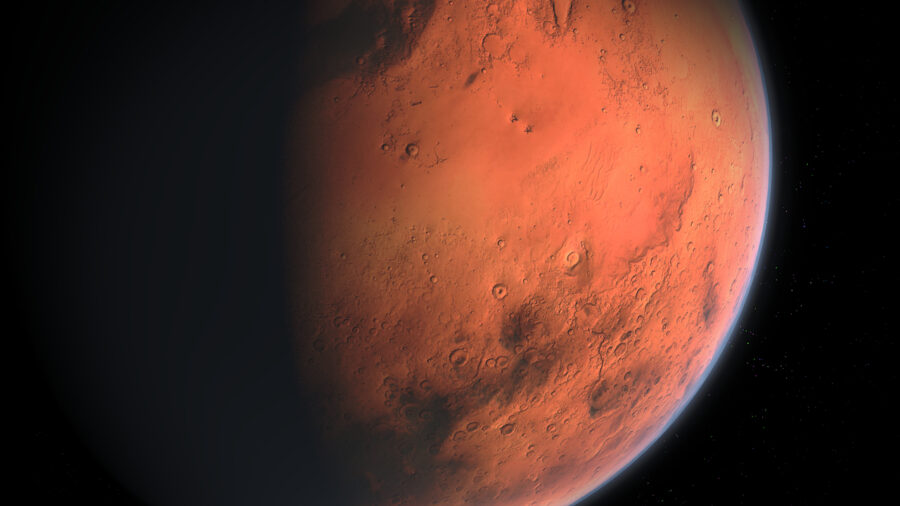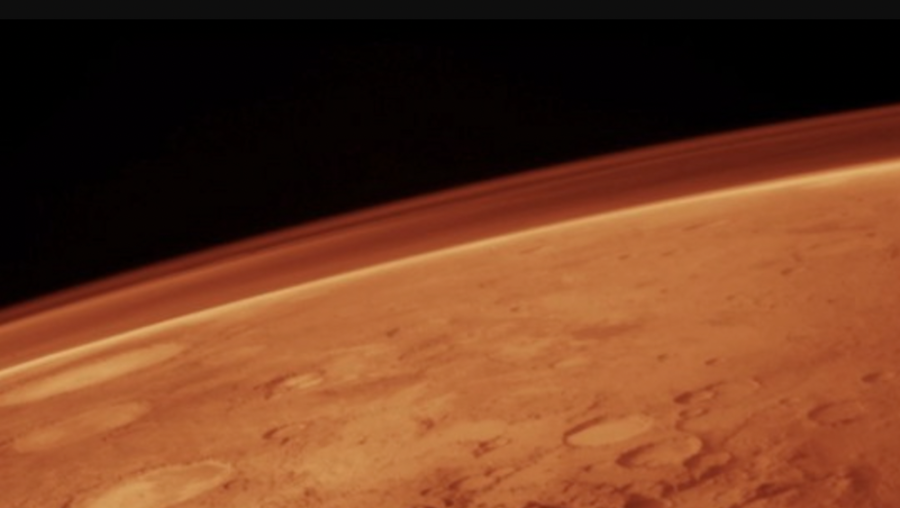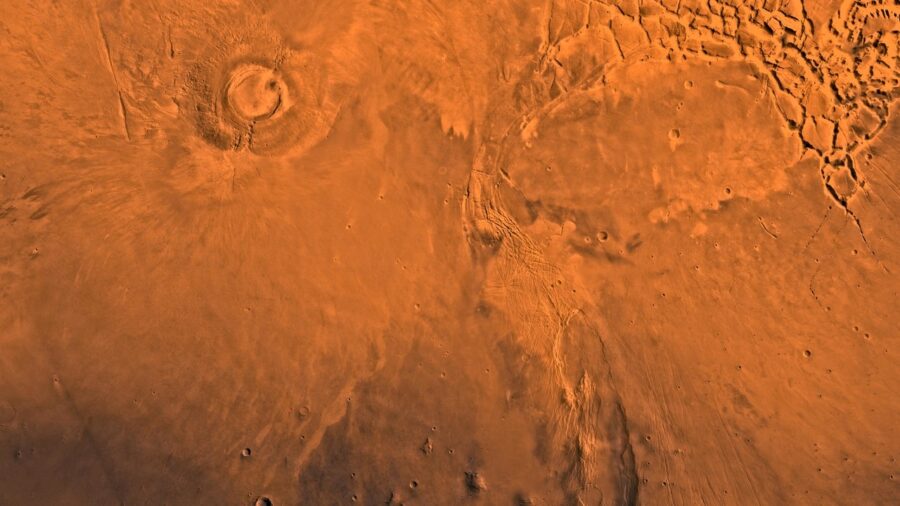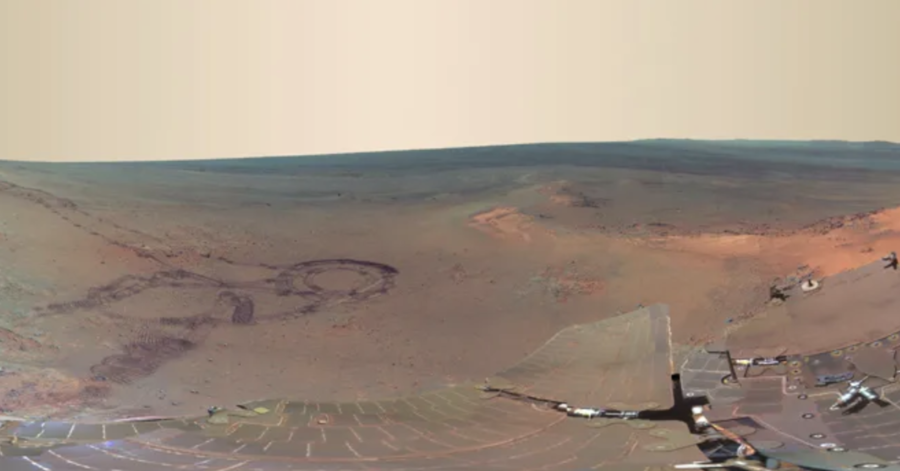Space Glitter Key To Terraforming Mars

Researchers have made a sparkly breakthrough in the pursuit of terraforming Mars, and until now, ideas for making Mars livable have centered on raising the temperature of the planet using gasses to create a greenhouse effect. The problem is that these strategies are inefficient, impractical, and expensive. However, a new study has been put forward positing the use of space glitter in the form of tiny reflective nanorods in the atmosphere of Mars to warm up the planet 5,000 times more efficiently.
Terraforming Is Controversial

Terraforming is still a controversial science because it relies on changing the climate, biology, and physics of a planet, with what some scientists point out are a set of variables that are difficult to predict. The dream of creating a second home for Earth’s life, especially humans, has been alive since the idea of space exploration first came into being, prompting Carl Sagan to propose vaporizing the polar ice cap of Mars to induce a greenhouse effect, while more recently Elon Musk has suggested using nukes. Compared to these proposals, using millions of tons of space glitter to accomplish a warming effect seems much more feasible.
Space Glitter’s Unique Properties

Researchers from the University of Chicago, Northwestern University, and the University of Central Florida have found that the unique way that light interacts with such tiny particles is the key to creating the warming effect they’re after. Samaneh Ansari, the research lead from Northwestern University, explains that the shape of the particles is key to achieving an efficient greenhouse effect. While the concept is promising, space glitter is in the beginning stages of its development.
Requires Tons Of Glitter

One of the factors that makes the use of nanorods a potential success is that the surface of Mars is covered with dust made from the reflective metals needed for the process. Harvesting aluminum and iron from the surface dust on Mars to manufacture the millions of tons of space glitter necessary to warm the planet up seems like a wacky idea, especially given that the manufacture of nanorods would need to happen somewhere on or near Mars.
However, when compared to the undertaking required to bring huge amounts of gasses, explosives, or other materials from Earth, it’s a simple solution.
Only The First Step

There are still some barriers to the plan, including the fact that even if the project were successful, it would only warm the surface of Mars by about 50 degrees Fahrenheit. While that amount of warming is significant, it’s only a first step to making the planet habitable for humans, as the temperature after a 50-degree increase would still be below zero. It turns out that space glitter would only be the first step in terraforming Mars.
Scientists Need More Information

In addition to its practical limitations, the plan to use nanoparticles to warm Mars up hasn’t been fully modeled. That’s because variables in the geology of the planet, as well as existing atmospheric conditions, can be notoriously difficult to predict. A more robust modeling study that includes all of the variables scientists can think of will need to be completed before the use of space glitter can be shown to be a practical method for inducing a greenhouse effect on Mars.
Sources: Science Advances











